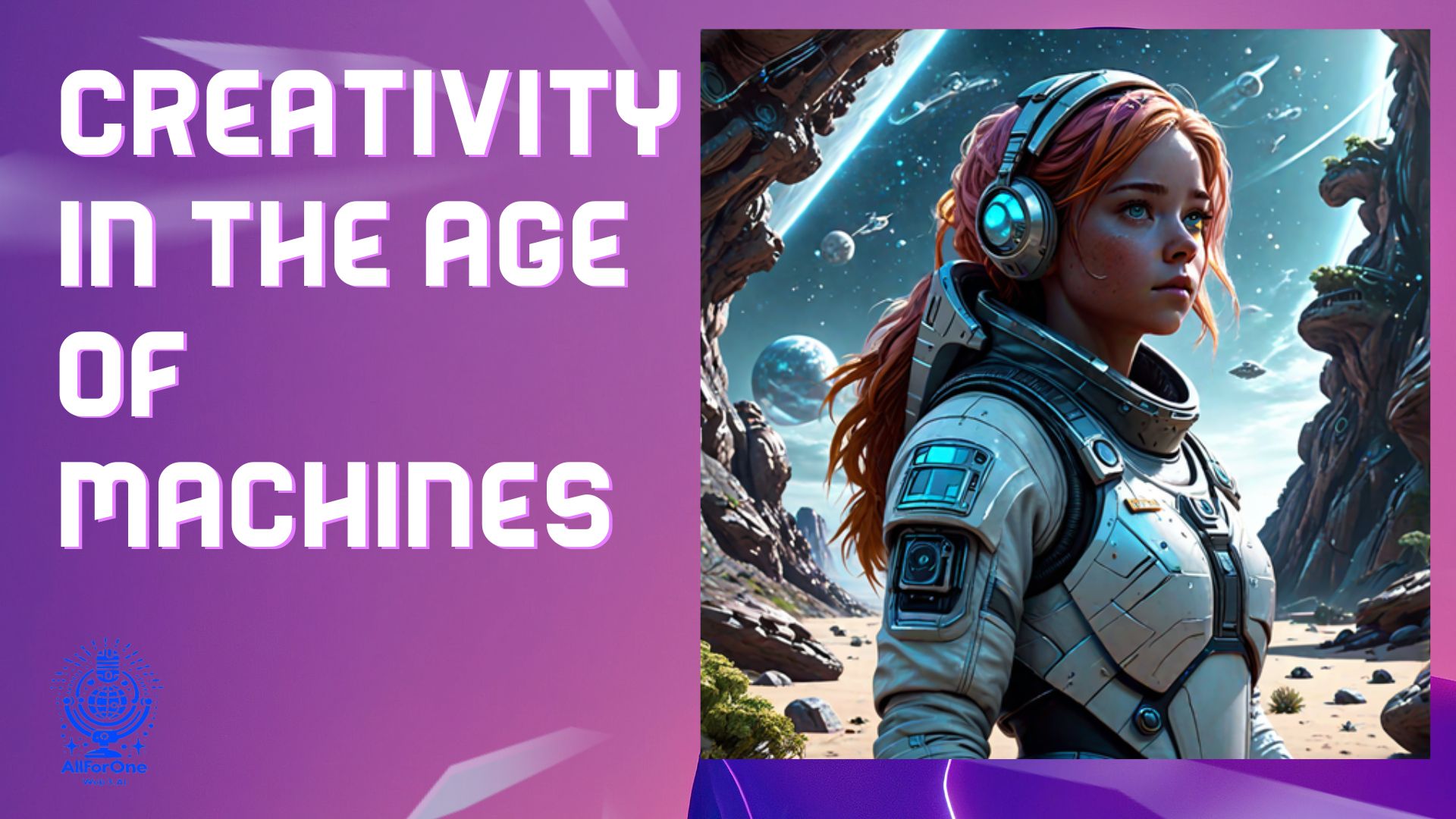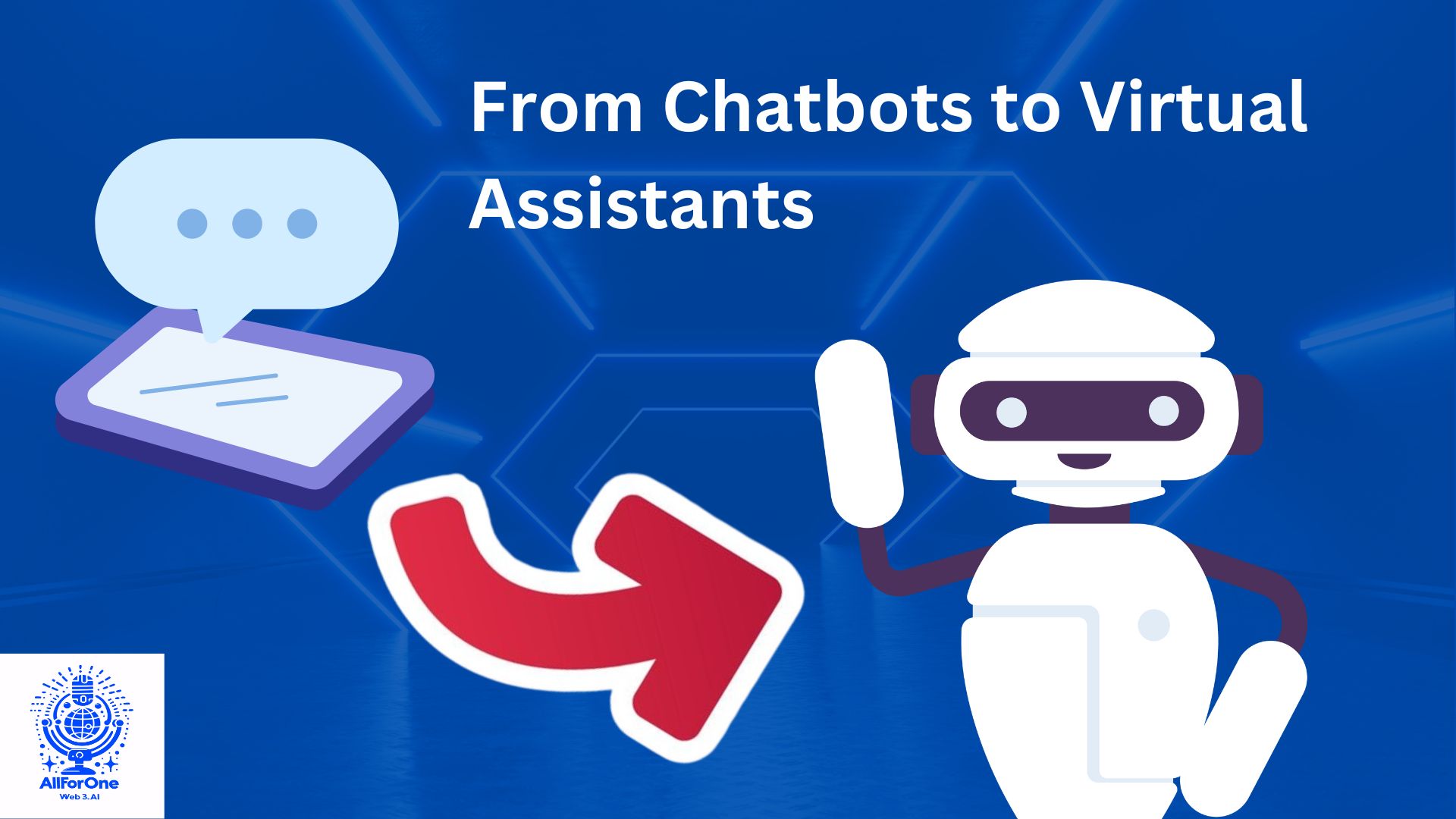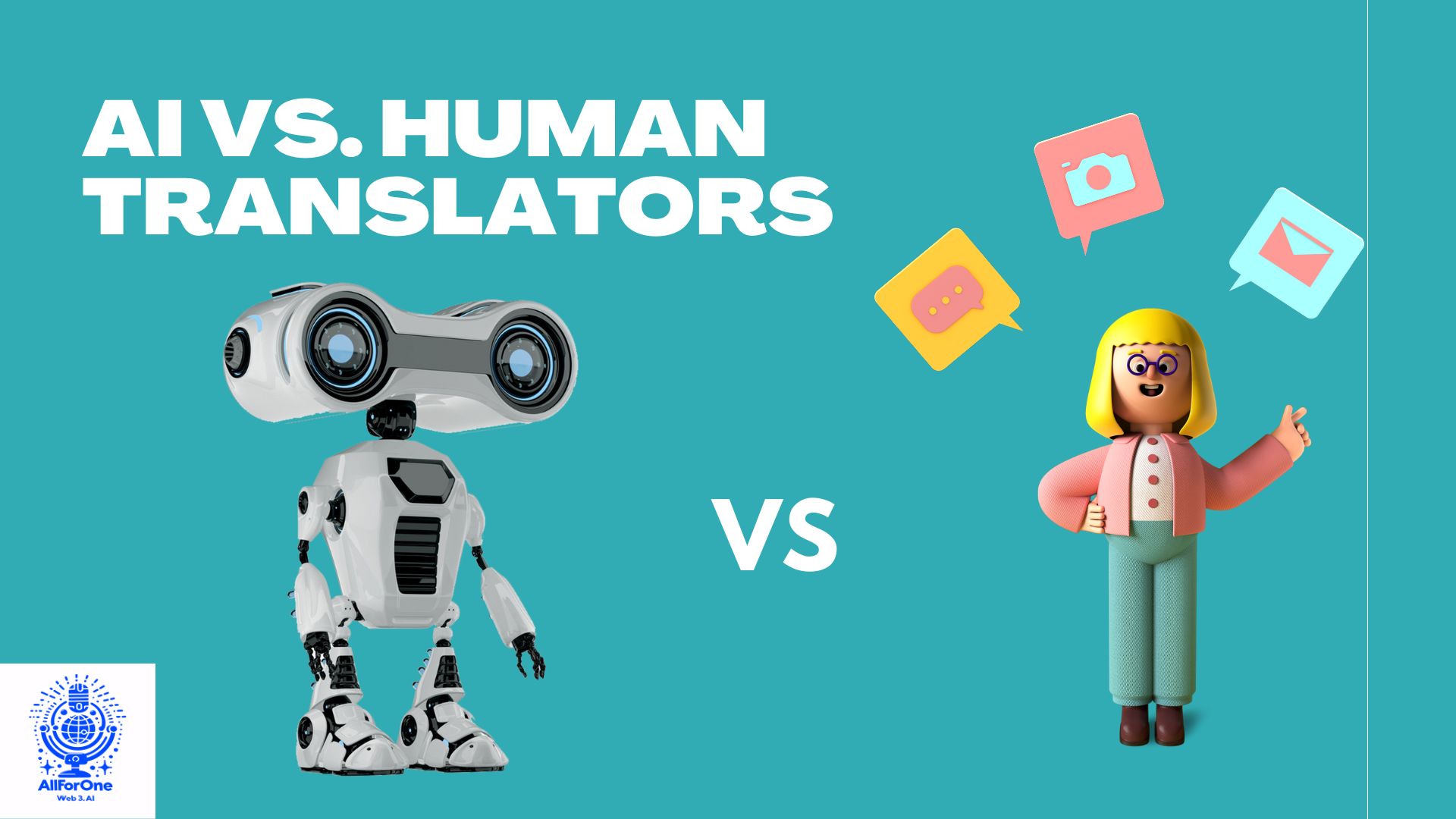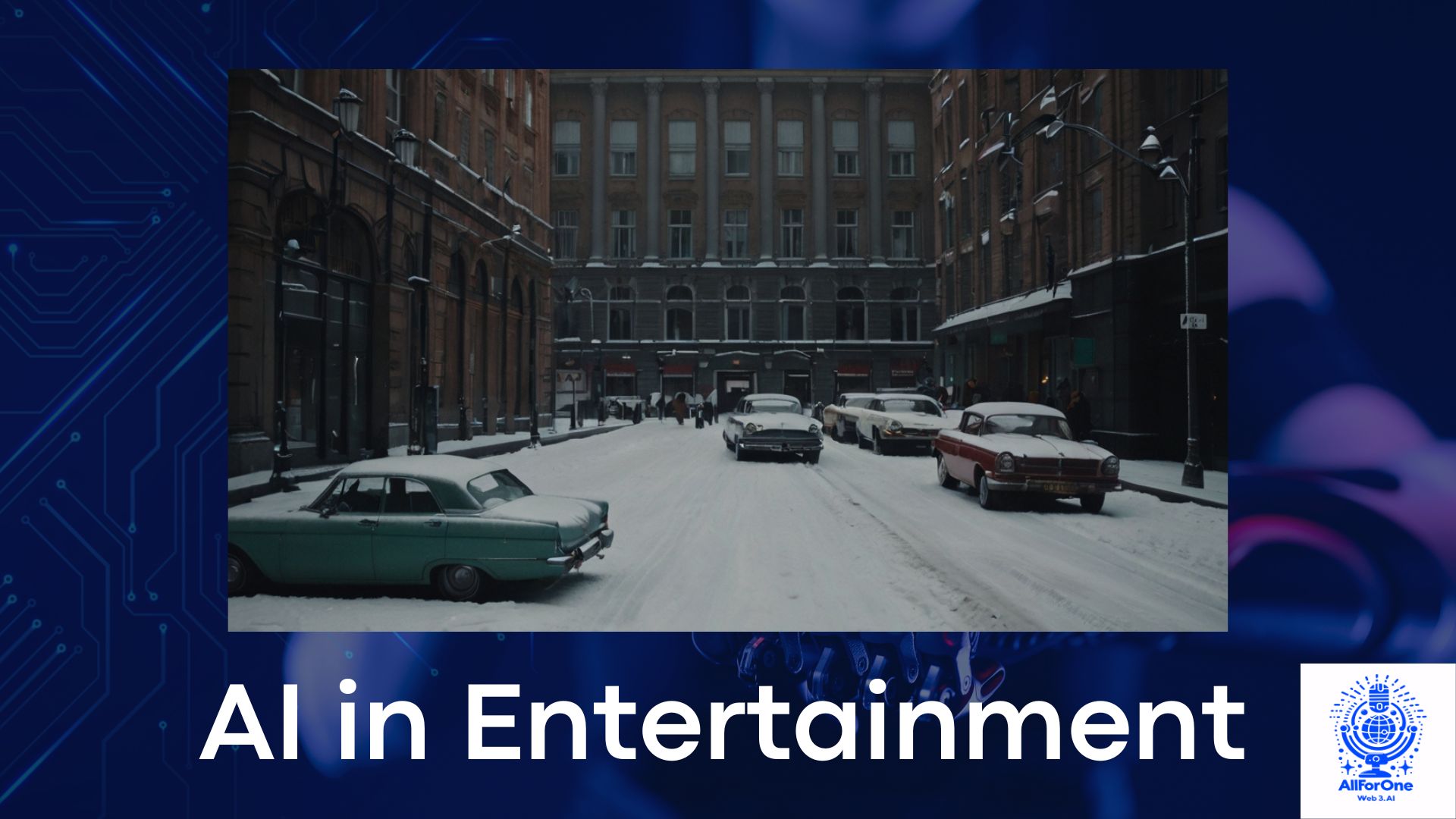Artificial Intelligence (AI) is revolutionizing various fields, and art is no exception. The integration of AI in art has sparked a fascinating dialogue about creativity, technology, and the future of artistic expression. This article explores the intersection of AI and art, highlighting how machines are transforming creativity and the implications of this evolving relationship.
Historical Context
Traditional Forms of Art and Creativity
Art has always been a reflection of human creativity and expression. From cave paintings and classical sculptures to Renaissance masterpieces and modern abstract works, art has continuously evolved. Traditional art forms rely heavily on the artist’s skill, imagination, and emotional depth. However, the advent of technology has gradually introduced new mediums and techniques, reshaping the artistic landscape.
Early Experiments with Technology in Art
The relationship between art and technology isn’t new. The invention of the camera in the 19th century revolutionized visual art, allowing for new forms of expression and documentation. In the 20th century, digital art emerged, with artists experimenting with computers to create intricate designs and animations. These early experiments laid the foundation for the integration of more advanced technologies, such as AI, into the art world.
Evolution of Digital Art and Computational Creativity
Digital art became prominent in the late 20th and early 21st centuries, with artists using software like Adobe Photoshop and Corel Painter to create stunning digital works. Computational creativity took a leap forward with the development of algorithms that could generate art. This evolution paved the way for AI to become a significant player in the art world, leading to the emergence of AI-generated art that challenges traditional notions of creativity and authorship.
AI as a Creative Tool
Description of AI Technologies Used in Art
AI technologies, particularly neural networks and generative adversarial networks (GANs), are at the forefront of AI-generated art. Neural networks mimic the human brain’s functioning, allowing machines to learn from data and make decisions. GANs, on the other hand, consist of two neural networks—a generator and a discriminator—that work together to create realistic images, music, and more.
Examples of AI-Generated Art
AI-generated art encompasses a wide range of creative outputs, from visual art and music to poetry and literature. For instance, the AI model DeepDream, developed by Google, produces surreal, dream-like images by processing existing photos. Another notable example is the AI-generated painting “Edmond de Belamy,” created by the Paris-based art collective Obvious, which was auctioned at Christie’s for $432,500.
Case Studies of Notable AI Art Projects
- DeepArt: This AI tool uses neural networks to transform photos into artworks in the style of famous artists like Van Gogh and Picasso. Users can upload their images and apply different artistic styles to create unique pieces.
- AIVA (Artificial Intelligence Virtual Artist): AIVA is an AI composer that creates original music. It uses deep learning algorithms to analyze existing music compositions and generate new pieces, ranging from classical symphonies to modern soundtracks.
- Runway ML: Runway ML is a creative toolkit that enables artists to use machine learning models in their projects. It offers various AI-powered tools for video editing, image generation, and interactive installations, making AI accessible to artists without coding expertise.
Collaborative Creativity: Humans and Machines

How Artists Are Using AI as a Tool for Collaboration
AI is not just a standalone creator but a collaborative tool that enhances human creativity. Artists are increasingly using AI to push the boundaries of their work. By feeding AI algorithms with their data, artists can generate new ideas, styles, and techniques that they might not have conceived on their own.
The Process of Creating Art with AI Assistance
Creating art with AI involves several steps. First, artists select or create datasets to train the AI models. This data can include images, sounds, or text. Next, the AI processes this data and generates new outputs based on learned patterns. Artists then refine these outputs, adding their personal touch to create the final piece. This collaborative process merges human intuition with machine precision, resulting in innovative artworks.
Examples of Successful Human-AI Collaborations
- “The Next Rembrandt”: This project used AI to create a new painting in the style of Rembrandt. By analyzing Rembrandt’s works, the AI generated an artwork that closely mimicked his style. The project exemplifies how AI can extend the legacy of great artists.
- Taryn Southern: A musician who used AI tools like Amper Music to compose her album “I AM AI.” The AI assisted in generating melodies and harmonies, which Southern then refined. This collaboration highlights AI’s potential in the music industry.
- Refik Anadol: A media artist known for his immersive installations, Anadol uses AI to process massive datasets and create dynamic visual experiences. His work, such as the “Melting Memories” project, explores the intersection of AI, data, and human perception.
AI’s Impact on the Art Market
AI-Generated Art in Galleries and Auctions
AI-generated art is making its way into galleries and auction houses, gaining recognition and value. The sale of “Edmond de Belamy” at Christie’s marked a significant milestone, showcasing the commercial potential of AI art. Galleries are increasingly exhibiting AI-generated works, attracting art collectors and enthusiasts interested in the fusion of technology and creativity.
Market Reception and Value of AI Art
The market reception of AI art is mixed but generally positive. While some traditionalists question the artistic merit of AI-generated works, others embrace it as a new form of expression. The value of AI art varies, with some pieces fetching high prices at auctions. The novelty and uniqueness of AI-generated art contribute to its growing market value.
Discussion on the Authenticity and Originality of AI-Created Works
The authenticity and originality of AI-generated art are subjects of ongoing debate. Critics argue that AI lacks the emotional depth and intentionality of human artists. However, proponents view AI as a tool that enhances human creativity rather than replacing it. The collaboration between artists and AI blurs the lines of authorship, challenging conventional notions of creativity.
Ethical and Philosophical Considerations
Debates on the Role of AI in Creativity
The integration of AI in art raises fundamental questions about the nature of creativity. Can machines truly be creative, or are they merely mimicking human creativity? This debate delves into the philosophical aspects of AI, exploring whether creativity is an exclusively human trait or if it can be replicated by intelligent machines.
Questions About Authorship and Ownership of AI-Generated Art
Determining authorship and ownership of AI-generated art is complex. Should the artist who trained the AI own the work, or does the AI itself have a stake in the creation? Legal frameworks are still evolving to address these questions. In the case of “Edmond de Belamy,” the collective Obvious retained ownership, but future scenarios may require more nuanced approaches.
Ethical Implications of AI in the Creative Process
Ethical considerations in AI art include issues of bias, representation, and the potential misuse of AI-generated content. Ensuring that AI art does not perpetuate harmful stereotypes or infringe on intellectual property rights is crucial. Transparent and ethical AI practices are essential to foster trust and integrity in the art community.
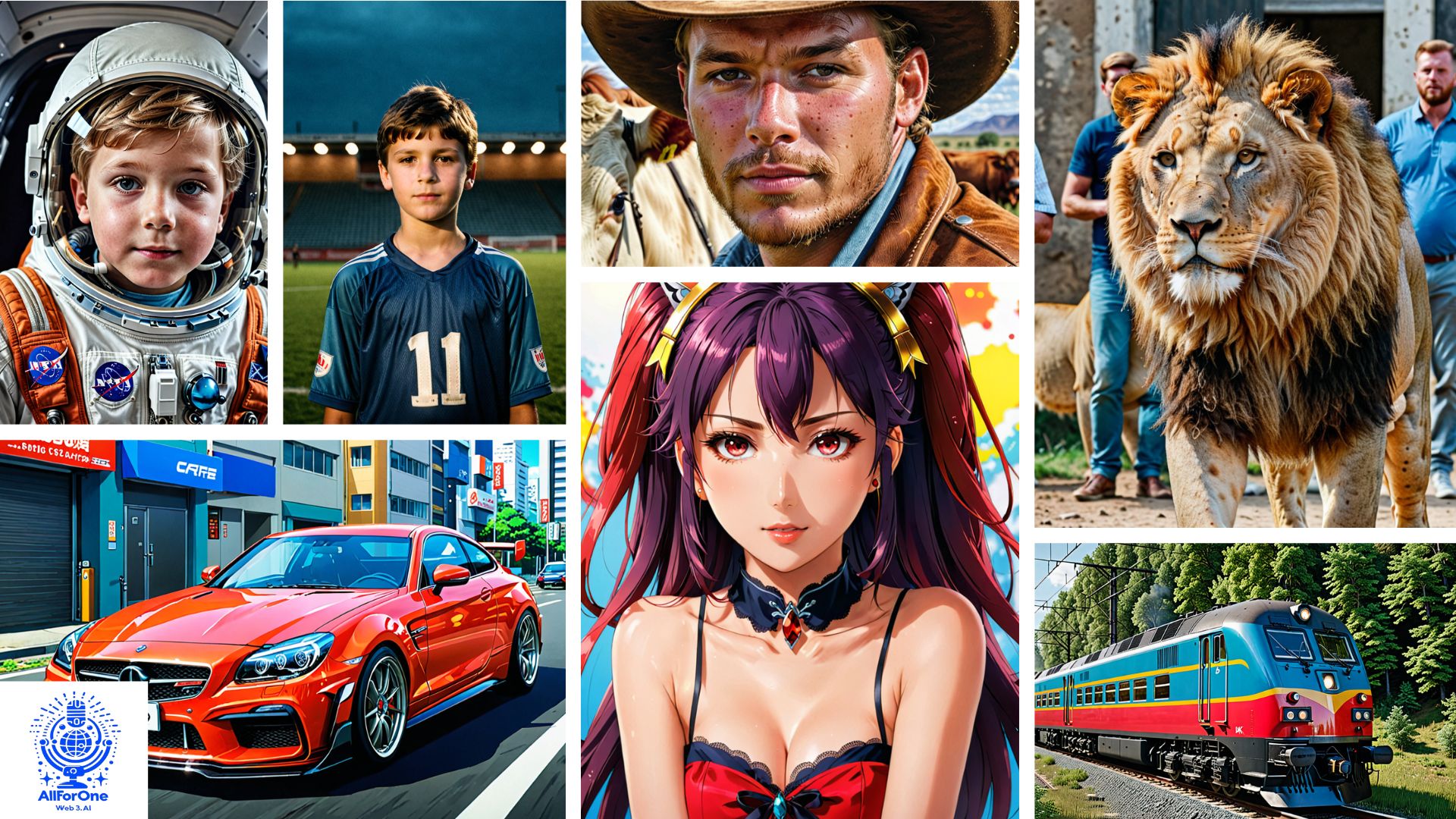
Modern AI Tools Transforming Art
Introduction to AI Tools in Art Creation
Modern AI tools are transforming the art creation process, providing artists with innovative ways to express their creativity. These tools leverage advanced algorithms and machine learning techniques to generate unique artworks, assist in the creative process, and enhance artistic skills.
Prominent AI Tools Used in Art
- Artbreeder: Artbreeder is a collaborative AI tool that allows users to create and evolve images by blending and modifying existing artworks. It uses GANs to generate diverse and high-quality images, enabling artists to explore new visual styles and concepts.
- DeepArt: DeepArt utilizes deep neural networks to transform photos into artworks in various artistic styles. Users can upload their images and choose from a wide range of styles, from classical paintings to modern abstract designs.
- Runway ML: Runway ML is a creative toolkit that offers various AI models for artists, designers, and creators. It provides tools for video editing, image generation, and interactive installations, making AI accessible to those without technical expertise.
- DALL-E: Developed by OpenAI, DALL-E is a powerful AI model that generates images from textual descriptions. Artists can input descriptive text, and DALL-E creates corresponding visual artworks, opening new possibilities for visual storytelling and illustration.
Impact of AI Tools on Artistic Expression
AI tools are democratizing art creation, allowing anyone to produce compelling artworks regardless of their technical skills. These tools enable artists to experiment with new styles, automate repetitive tasks, and enhance their creative process. The accessibility and versatility of AI tools are fostering a new wave of artistic innovation and collaboration.
Case Studies
AI Creating Job Opportunities: The Case of Microsoft
Microsoft is a leading example of how AI can create job opportunities and drive economic growth. The company has invested heavily in AI research and development, focusing on innovative solutions in areas such as healthcare, education, and environmental sustainability. Microsoft’s AI for Good initiative aims to harness AI technologies to address global challenges and create positive social impact. By collaborating with academic institutions, nonprofits, and government agencies, Microsoft has created thousands of new job roles in AI engineering, data science, and project management.
AI-Induced Job Displacement: The Case of Retail Automation
Retail automation provides a compelling example of how AI technologies can lead to job displacement. Companies like Amazon have implemented AI-powered robots and automated systems in their warehouses and fulfillment centers to streamline operations and improve
efficiency. While these advancements have resulted in significant cost savings and operational improvements, they have also led to job losses for low-skilled workers who previously performed manual tasks. This case underscores the need for upskilling and reskilling programs to support workers impacted by AI-driven automation.
The Future of AI and Art
Emerging Trends in AI Art and Technology
The future of AI and art is filled with exciting possibilities. Emerging trends include the use of AI for interactive and immersive experiences, such as virtual reality (VR) and augmented reality (AR) installations. AI-generated art is also being integrated into video games, providing dynamic and adaptive visual elements. As AI technology advances, we can expect even more sophisticated and diverse artistic creations.
Potential Developments in AI Creativity
AI creativity is evolving rapidly, with researchers exploring new techniques and applications. Future developments may include AI models that can understand and interpret human emotions, leading to more emotionally resonant artworks. AI may also play a role in collaborative platforms, where multiple artists and AI systems work together to create complex, multi-faceted projects.
Speculations on the Future Relationship Between AI and Human Creativity
The relationship between AI and human creativity will continue to evolve. AI is likely to become an integral part of the creative process, serving as a collaborator and enhancer rather than a replacement. Artists will harness AI’s capabilities to push the boundaries of their work, exploring new frontiers in visual, auditory, and literary arts. The fusion of AI and human creativity promises a rich and diverse future for artistic expression.
Images Section
Incorporating visual elements can enhance the readability and engagement of the article. Here are some suggested images to complement the content:
- Infographic on AI in Art: Visual representation of the different AI technologies used in art, highlighting key tools like DeepArt, Artbreeder, and Runway ML.
- Case Study Snapshot: “The Next Rembrandt”: Illustration of the AI-generated painting and the process behind its creation.
- Gallery of AI-Generated Art: Collection of AI-generated artworks from various projects and artists, showcasing the diversity and creativity of AI in art.
Conclusion
The intersection of AI and art is a dynamic and evolving field that challenges our understanding of creativity and technology. AI’s integration into the art world offers new opportunities for artistic expression, collaboration, and innovation. While ethical and philosophical questions remain, the potential of AI to enhance human creativity is undeniable. By embracing AI as a creative tool, artists can explore new horizons and redefine the boundaries of art in the age of machines.
As we continue to navigate this exciting intersection, it is essential to foster a balanced and inclusive approach. By promoting ethical AI practices, supporting research and innovation, and encouraging collaboration between humans and machines, we can build a future where AI enhances human potential and enriches our cultural landscape.

